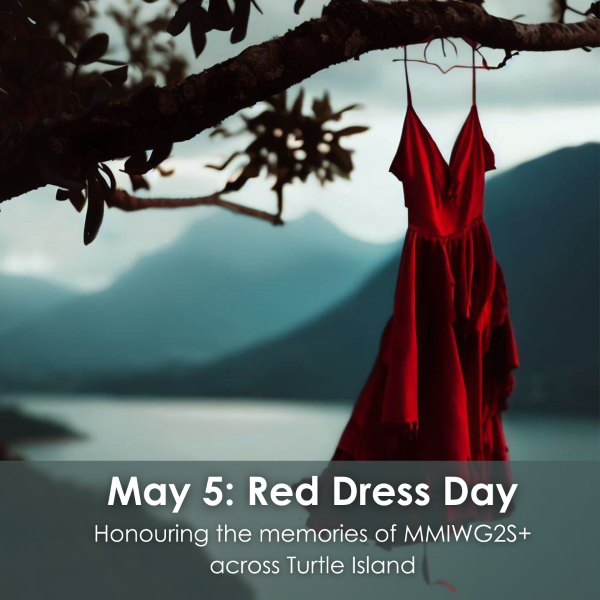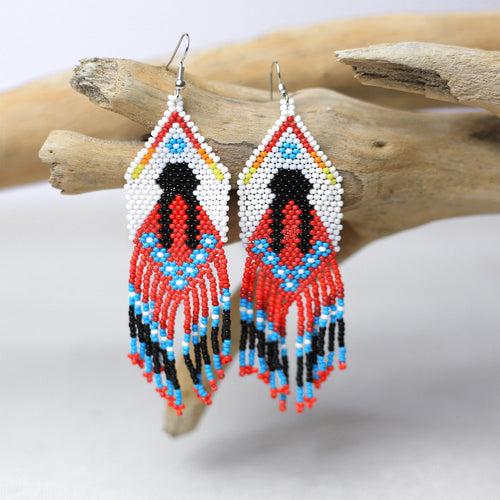
Introduction: A New Beginning at Six Years Old
In 1973, Phyllis, a six-year-old girl from Dog Creek reserve, embarked on an unforgettable journey. Living with her grandmother, their life was a struggle, but there were moments of happiness. One of those moments was when her grandmother managed to buy her a bright, shiny orange shirt for her first day at the Mission school. The excitement of starting school with a new outfit filled Phyllis with hope and joy.
The Heartbreaking Reality: A Shirt Taken, A Child Stripped
However, upon arriving at the Mission, Phyllis’ dreams were shattered. The authorities at the Mission took away her new clothes, including the orange shirt she had cherished. It was a loss that would stay with her forever. The color orange became a symbol of that profound loss, representing not only the shirt but also her feelings of worthlessness and abandonment. This moment would shape much of her childhood and her later life.
Growing Up Without a Guide: The Pain of Lost Connections
As Phyllis grew older, she faced more struggles. At 13, while in Grade 8, she gave birth to her son, Jeremy. Having grown up in a system that stripped her of her cultural roots and family connections, Phyllis had never experienced the warmth of parental guidance. Her grandmother and mother had both attended residential schools for ten years, leaving Phyllis without the example of how a parent should care for their child. Despite this, Phyllis found strength in her aunt, Agness Jack, who helped raise her son, giving him the chance to know his mother as a loving, caring figure.
The Road to Healing: A Personal Journey
The pain and trauma from her experiences at the Mission followed Phyllis well into adulthood. At 27, she sought healing through a treatment center, marking the beginning of a long journey toward emotional recovery. The sense of worthlessness that was ingrained in her from a young age continued to affect her life, often making her feel as though she didn’t matter.
But Phyllis' story doesn’t end in despair. After years of healing, she now understands that the feelings of insignificance she carried with her were not truths. Despite the challenges, she has found strength and purpose, and now, she strives to help others who have experienced similar traumas. Through her story, Phyllis hopes that other survivors will find the courage to share their own experiences, helping them heal as well.
Conclusion: A Message of Hope and Empowerment
Phyllis’ journey is one of resilience, healing, and hope. From a young girl robbed of her dignity to a woman who now shares her story with pride, she has proven that even the deepest wounds can heal with time and support. Her story is a reminder that it’s never too late to start healing, and that sharing our experiences can help others find their own path to recovery.







